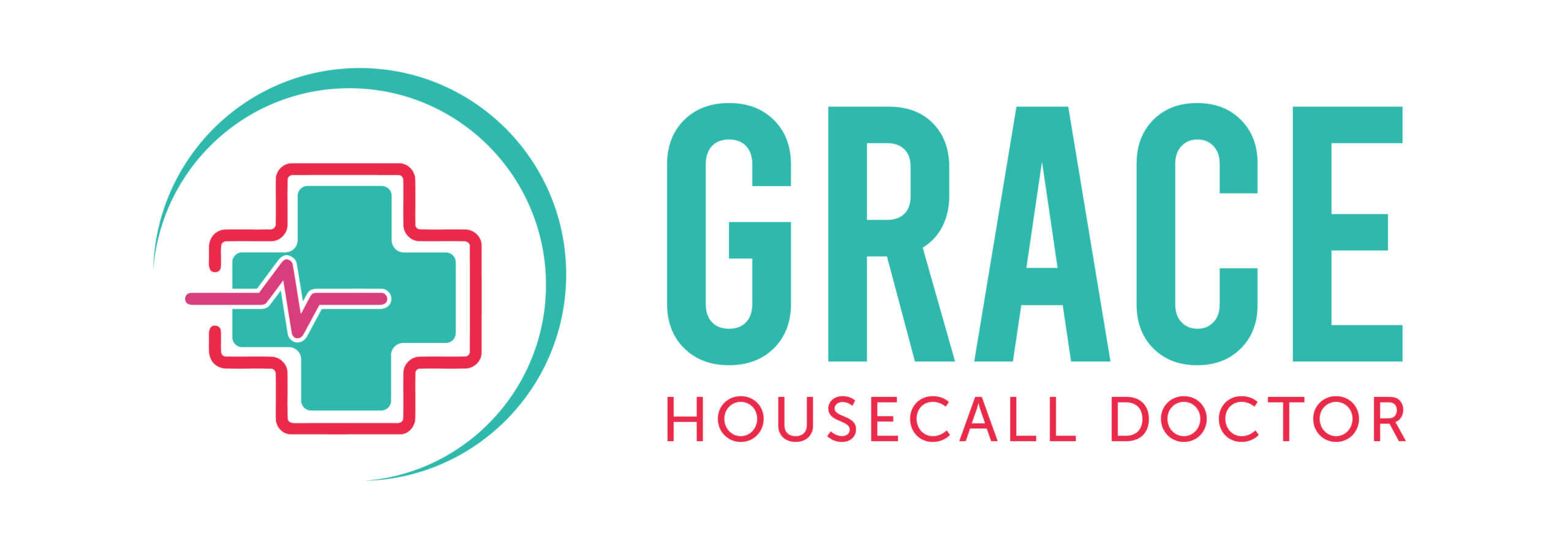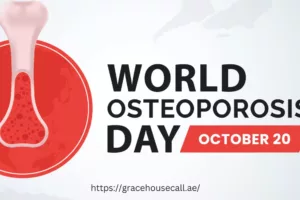Arthritis Awareness Month

Arthritis Awareness Month
Even though the majority of people have probably heard of arthritis, it’s possible that many of them are unaware of its effects, despite the fact that it’s the leading cause of disability in the US. That’s why the Arthritis Foundation raises awareness of this excruciating and disabling illness, which affects about 60 million men, women, and children in the United States, during Arthritis Awareness Month every May.
In May 1972, May was decided to be celebrated as National Arthritis Month in response to the Arthritis Foundation’s request. This was done as a unique opportunity to highlight arthritis research, service, and education while also raising money to support the field. Since then, initiatives to increase public awareness of arthritis have been held every May in observance of National Arthritis Month.
The purpose of the Arthritis Foundation is to raise awareness of little-known information about the significant effects arthritis may have on people.
Key Information About Arthritis
- In the United States, approximately 1 in 4 people and hundreds of thousands of children have received a medical diagnosis of arthritis or a similar condition.
- Despite popular belief, it’s not an illness exclusive to the elderly. Approximately two-thirds of arthritis sufferers are younger than 65.
- More than a hundred different kinds of rheumatic illnesses and arthritis exist.
- Arthritis is the leading cause of disability in the United States, resulting in medical bills, missed income, and related expenses costing the economy more than $300 billion yearly.
- Comorbidities, or concomitant diseases including obesity, diabetes, and heart disease, are present in the majority of persons with arthritis, further endangering their health.
- There are over a hundred different varieties of arthritis and associated disorders; the term “arthritis” refers to joint discomfort or joint disease. Arthritis is the most common cause of disability in the United States, affecting people of all ages, ethnicities, and genders. The majority of cases are in women, and while it’s not an age-related condition, some forms of arthritis worsen with age.
Signs and Symptoms
Swelling, discomfort, stiffness, and a reduction in joint range of motion are common signs of arthritis. The severity of the symptoms varies, and they may come and go. Over time, symptoms can worsen and progress, although some may remain relatively stable for years. Prolonged arthritis can cause excruciating pain, making it difficult to carry out daily tasks, and making walking and climbing stairs difficult.
Permanent joint alterations can also be brought on by arthritis. Some, like knobby finger joints, may be obvious, but X-rays are frequently the only way to see the damage. In addition to the joints, some forms of arthritis can impact the skin, kidneys, eyes, heart, and lungs.
Types of Arthritis
Osteoarthritis
The most prevalent kind of arthritis is by far osteoarthritis (OA). Although it can harm nearly every joint, the hands, back, hips, and knees are the most common locations. When osteoarthritis (OA) first emerged, it was thought to be a wear-and-tear condition caused by the protective covering of cartilage on the ends of bones wearing away over time. However, as more study has been done, the perception of OA has evolved. OA affects the entire joint, not only the cartilage, as medical professionals now understand. Inflammation harms the joint lining, the connective tissue that holds the joint together deteriorates, and the bones in affected joints weaken. Unlike most other kinds of arthritis, inflammation is a major factor in OA, despite decades of conventional wisdom to the contrary.
If you already have mild to severe stiffness and pain in your joints, you may be able to control your symptoms with frequent exercise, heat and cold treatments, prudent use of over-the-counter painkillers, and assistive technology.
See your doctor about surgery if your joint issues are severe enough to limit your mobility and negatively impact your quality of life.
Rheumatoid arthritis (RA)
A healthy immune system is protective. It generates inflammation to clear infections and heal injuries. But in inflammatory arthritis, the immune system is overactive, attacking healthy tissue, including joints in the spine, hands, and feet. In some people, inflammation becomes systemic, damaging the eyes, skin, heart, and other organs. Many, but not all types of inflammatory arthritis are considered autoimmune diseases because the immune system loses the ability to distinguish self from not self and attacks the body it’s supposed to protect.
Rheumatoid arthritis (RA) is the most common form of autoimmune inflammatory arthritis. Psoriatic arthritis (PsA) axial spondyloarthritis (axSpA), gout, and juvenile arthritis are less common and can be more challenging to diagnose.
Although the exact etiology of inflammatory arthritis is unknown, it is generally accepted that environmental factors, such as viruses, stress, or smoking, can elicit the condition in those who are genetically predisposed to it. The intricate and crucial function that gut microorganisms play in immune-related inflammatory illnesses including PsA and RA has also been highlighted by a recent study.
The microbiome—the billions of generally benign bacteria that reside in your mouth, skin, and stomach—controls immune cells throughout your body and influences how your immune system responds to different illnesses. These enormous microbial populations may lose their ability to normally regulate the immune response when they become out of balance as a result of stress, antibiotic use, poor diet, or other factors. This is considered to be one of the main causes of RA and other inflammatory disorders associated with the autoimmune system.
Treatment and diagnosis at an early stage are crucial for inflammatory and autoimmune forms of arthritis. In addition to minimizing or preventing irreversible joint damage, slowing the progression of the disease can also lessen discomfort, enhance function, and enhance quality of life. The ultimate goal is always remission, which is characterized as little to no disease activity; however, for certain individuals, low disease activity may be a more achievable goal.
Usually, a mix of prescription drugs and a healthy lifestyle—regular exercise, sound sleep, wholesome eating, and reduced stress—will help achieve this. The kind of arthritis, the intensity of symptoms, and a patient’s response to a certain drug all influence the prescription prescribed. The initial medication that is tested may not be the best option for some people. Furthermore, some arthritis medications may have undesirable side effects or eventually lose their efficacy. The correct drug may need to be tried on several occasions.
Septic Arthritis
Infectious arthritis is brought on by a bacterial, viral, or fungal infection. Usually, it begins when an infection spreads to a joint—usually the knee—from another area of the body. Although symptoms such as fever, edema, and pain can appear suddenly and intensely, the infection can usually be cured quite rapidly with antibiotics or antifungals. The majority of viral infections clear up after a week or two on their own. It could be necessary for some patients with infectious arthritis to have their joint fluid drained in order to eliminate contaminated synovial fluid, lessen discomfort and inflammation, and shield the joints from further harm.
Metabolic Arthritis or Gout
Gout, sometimes referred to as metabolic or gouty arthritis, is caused by an accumulation of excruciating uric acid crystals in the joints. These are byproducts of the breakdown of purines, which are often found in many foods, including seafood, red meat, organ meats, and many other foods; they are also found in human cells. The body normally eliminates extra uric acid, but when it doesn’t, it can build up in joints and cause sharp, unexpected pain episodes, particularly in the big toe.
Nonetheless, many gout sufferers have normal uric acid levels, while the majority of people with high uric acid levels never get gout. Some study indicates that gout may be caused by certain causes in addition to uric acid. White blood cells in the fluid inside joints, alterations in the microbiota, and damage from osteoarthritis are all potential causes.
Some people never have any further symptoms and just have one flare-up or gout attack. Usually, they don’t need medication. Uric acid-lowering medications are generally provided to people who experience severe symptoms or multiple flare-ups of gout. Along with taking medication, patients are encouraged to follow a primarily plant-based, low-purine diet rich in fruit, vegetables, healthy grains, olive oil, and low-purine fish. This is because those drugs can have major side effects and may not address the underlying issue.
Myths about arthritis
Even though arthritis is common, people with this condition may not seek the right care or pain management because of misunderstandings about it. Let’s bust four misconceptions about this illness.
- Myth 1: Only the elderly are affected by arthritis
Arthritis does not only affect the elderly. Even while arthritis is more common in older adults, it can strike anyone at any age, even young children. An autoimmune condition known as juvenile arthritis affects kids under the age of sixteen. You can develop rheumatoid arthritis at any age.
- Myth 2: Those who have arthritis shouldn’t work out
It is advantageous for people with arthritis to exercise. Engaging in physical activity can help combat weariness, lessen joint pain, and increase muscle strength. Additionally, exercise can improve range of motion and flexibility.
- Myth 3: Arthritis causes all joint discomfort.
While bursitis, tendinitis, and lupus are among the illnesses that can cause pain in the joints, arthritis is a common cause of discomfort. Joint discomfort can also result from diseases or injuries. The right course of treatment must be determined by a proper diagnosis.
- Myth 4: Arthritis cannot be treated.
For arthritis, there are numerous treatment choices, such as medication, physical therapy, and weight control. Depending on the kind of arthritis, there are many treatment approaches that try to improve joint function and reduce symptoms.
Medication is frequently used to treat rheumatoid arthritis in an effort to reduce the disease’s progression. For osteoarthritis, painkillers such as over-the-counter NSAIDs and physical therapy are typically advised.
How to treat the symptoms of arthritis?
To improve joint function, lessen discomfort, and relieve symptoms, there are numerous therapy options available. A treatment plan tailored to your specific needs and the course of your ailment will be developed by your orthopaedic expert.
Exercise
Being physically active is vital for everyone, but it becomes much more critical for people who have osteoarthritis. Engaging in regular exercise can aid in weight loss and lessen the strain on joints that support your weight.
While it may be challenging to exercise when you have joint pain, movement can help release tense muscles and ligaments. It’s not necessary for the workout to be extremely hard. Both yoga and swimming are excellent forms of exercise that are generally gentle on the joints. Find more about osteoarthritis exercises you can do at home.
Physical therapy or Physiotherapy
Exercise is helpful in reducing the symptoms of osteoarthritis, as previously discussed. Yet another beneficial option is physical therapy. It assists with body alignment and balance in addition to strengthening muscles and ligaments.
Together, you and a physical therapist will decide on the best course of action to help you become more mobile and flexible. In order to lessen joint tension, you can also receive recommendations for orthotics.
Dietary supplements
Supplemental nutrients such as chondroitin and glucosamine make claims to help treat or lessen the symptoms of arthritis. However, no solid study indicates that either pill can alleviate symptoms. See your doctor to be sure supplements are safe for you before taking any.
Replacement of a joint
Joint replacement surgery is a potential treatment for severe cases of osteoarthritis. For patients who have had little to no relief in their chronic pain over a long period of time, this is usually their best option. Patients can live more pain-free thanks to joint replacement, which is a safe operation. If less intrusive procedures have not had the desired effect, discuss potential treatments with your physician.







